Size selection is primarily done by foot length, but width does factor in (more on that at the end of the FAQ). To understand a size chart you first should read the instructions listed on the brands’ web page, because different brands create their size charts differently.
- If the size chart shows the length of the insole then you take your foot length and add roughly 1.2cm to it (or whatever your preferred extra length is).
- If the size chart shows the dimensions of the “last” used to mold the shoe then you follow the above instructions.
- If the size chart shows the length of the foot that fits in each size then all you need to do is locate the size that is closest to your measurement (but not smaller than).
If there are no instructions for how to use the size chart, contact the brand for clarification. But in my experience, when it’s not stated, the size chart shows the internal dimensions of the shoe and not the foot that fits inside.
In general, you want the internal length to be approximately 1.2 cm longer than your longest toe, but depending on the shoe anywhere from .7cm to 2cm extra length could work (for example, in dress shoes I prefer less space in front of my toes, but in boots or shoes I wear socks with I like more length).
Understanding Width in a Size Chart: Ok, width measurements in a size chart trip everyone up. I hear constantly from people who look at size charts and immediately say “these shoes are so narrow!!” It’s confusing because before wearing barefoot shoes many of us never even considered width! Here is why some of the widest barefoot shoes on the market might look narrow by the numbers.
- Unless you took a perfectly accurate Wall Method Measurement, the width of your pencil likely added some extra millimeters to your measurement. This may lead you to think you need shoes wider than you do.
- Width measurements are often taken from the insole, which sits underneath your foot in the bottom of the shoe – many barefoot shoes curve out away from the insole resulting in more usable space than the measurement suggests.
- Width can be taken at different places in the toe box of a shoe, and it might not line up with where you measured
- You don’t need as much extra space on the sides of your feet as in the front – you can often comfortably wear shoes close to your actual foot width.
Of course, this does not mean that you shouldn’t consider width. It is best to choose a shoe that fits both your length AND width, and I don’t recommend trying to squeeze your feet into a shoe that is too narrow.
But the truth is, size charts only take you so far. The shape and volume of your feet, as well as your personal preferences, all factor into what makes the ideal shoe for you.
I do my best to serve up the most practical barefoot shoe reviews and advice, but ultimately, you might need to try the shoes on your feet before you know if they’re a good fit.
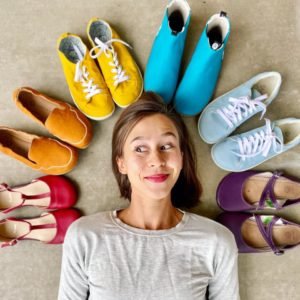

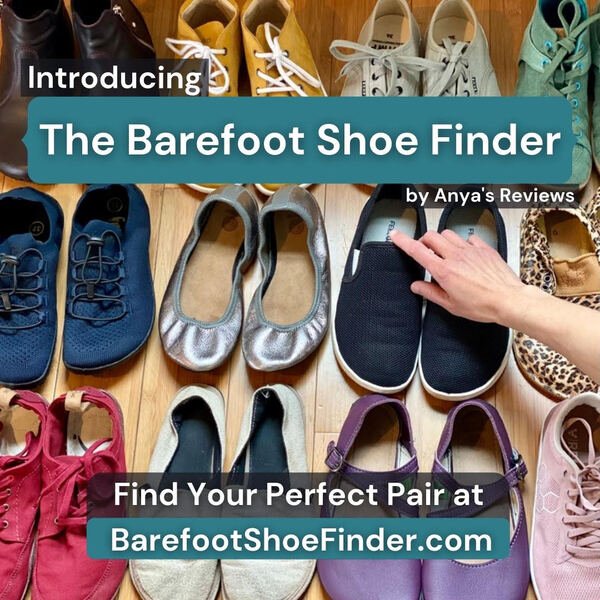
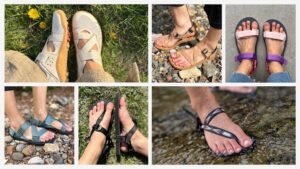
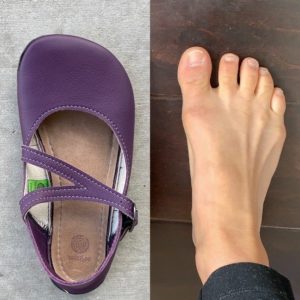
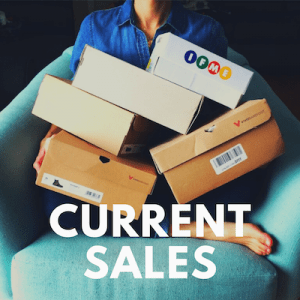

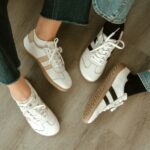




14 thoughts on “How Do I Use A Size Chart to Pick a Size?”
How do you convert the cm to a size????
Once you have the centimeter length then you take it to the size chart for the shoe you’re looking for. It’ll either tell you what size to pick based off the measurement or it will tell you how long each shoe is. If it tells you how long each shoe is then take your measurement and approx 1.2cm to it and find the closest corresponding size.
Just starting a look for bearfoot shoes
Following this chart, I’d be a US 12 or 12.5 which might make sense given my current running shoes are at 11.5… what confuses me though is that all my other shoes are at 9.5 to 10 – whether leather formal wear or casual sneakers. Any thoughts on my predicament? What size should I order?
It’s really common for people to be wearing shoes that are too small for them, and every brand has their own sizing so it’s not that unusual to have a wide spread of sizes in your closet. I take it on a case by case basis. Especially when new to barefoot shoe shopping, you should approach each order as if you don’t know what size you are and then measure and order according to the brand’s size chart.
What about sandals? It is ok to leave less space for the feet? How much Space would be ok?
For sandals I usually only leave about 5mm or 1/2 centimeter of extra space because there’s nothing for your toes to run into. But this can come down to preference, some people still want the extra length in front of their toes, while others don’t like hardly any in sandals so they don’t trip over the front of them. I’m more in the latter camp.
Great articel! i was just in that situation with the width , as I took the widest part of my foot to measure the width and that’s comes out as i need only the extra wide, which are 1.5 cm more than my widest part. which seems quite unlikely to me.
so following this articel i will just oder what i thought will fit with some reasonable width, and try them out. it also changes when i press down the foot or when i walk naturally. my feet are more wide-straight than fan, so it doesn’t go from narrow to wide. which i assume they design the shoes like. we’ll see!
Every pair of shoes i have worn my entire adult life (I am 70 yrs old) have hurt my feet after a while. I have what should be fan shaped foot, but have been compressed in standard women’s size 9 wide shoes, so that I now have bunionettes and beginning bunions. I am usually barefoot indoors or in sandals outdoors in warm weather but need something closed toe for more professional occasions and in colder weather in rural Vermont. Ever since I discovered your reviews, I really really want to switch to footshaped shoes, but I am so afraid to order anything online. And do not trust myself to measure my own foot. Is there anyplace within a couple hours drive where I can try on a few barefoot styles. My zip code (US) is 05647.
Two Rivers Treads is in Virginia and you can walk in and try shoes on. It’s still pretty hard to find minimalist shoes in stores, I would recommend shopping somewhere with a very easy shipping and return policy. We have free shipping & free returns at Anya’s Shop.
I measured my foot and it’s 9 inches. I usually wear size 6.5 US. I often have to size up to a size 7 or else my big toe rubs the top of the shoe and the up and down big toe movement feels constricted. Or, when the toe bed bends (during the hind step motion), the crease of the shoe digs into the top of my foot. I have medium volume feet and sloped toes. My concern with barefoot style shoes is that they typically have a thin pancake-like toe area height. May I please ask what you recommend? A 36 EU size or size up to 37 EU size to allow more up/down big toe movement? I’m looking at the Mukishoe chelsea, Belenka polaris, or the the Zapato Ferox Alcoy. Can you help?? TY
I recommend taking it on a case by case basis, as different brands and models fit differently. Not all barefoot shoes are low over the toe area, some have more space there. One underrated barefoot shoe is the Zeazoo Cheetah because the top stitching gives you a lot of toe space. Lems Shoes also does a good job providing lots of vertical space. For both Mukishoes Chelsea and Be Lenka Polaris I would suggest going with the bigger size. For Zapato Feroz Alcoy those run bigger so I don’t think you’ll need to size up.
Hi, I’m excited to order my first pair of barefoot shoes. A friend told me that I should add to the width because since is my first time and my feet still need to recuperate their natural shape and width. Does this sound right?
If you’re new then it’s definitely possible your feet will start to spread out. So I think it can be helpful to start with a shoe that is maybe just a little bit roomier than you think you need. But you can definitely take it too far – you don’t want a shoe that is simply too big and not fitting right.